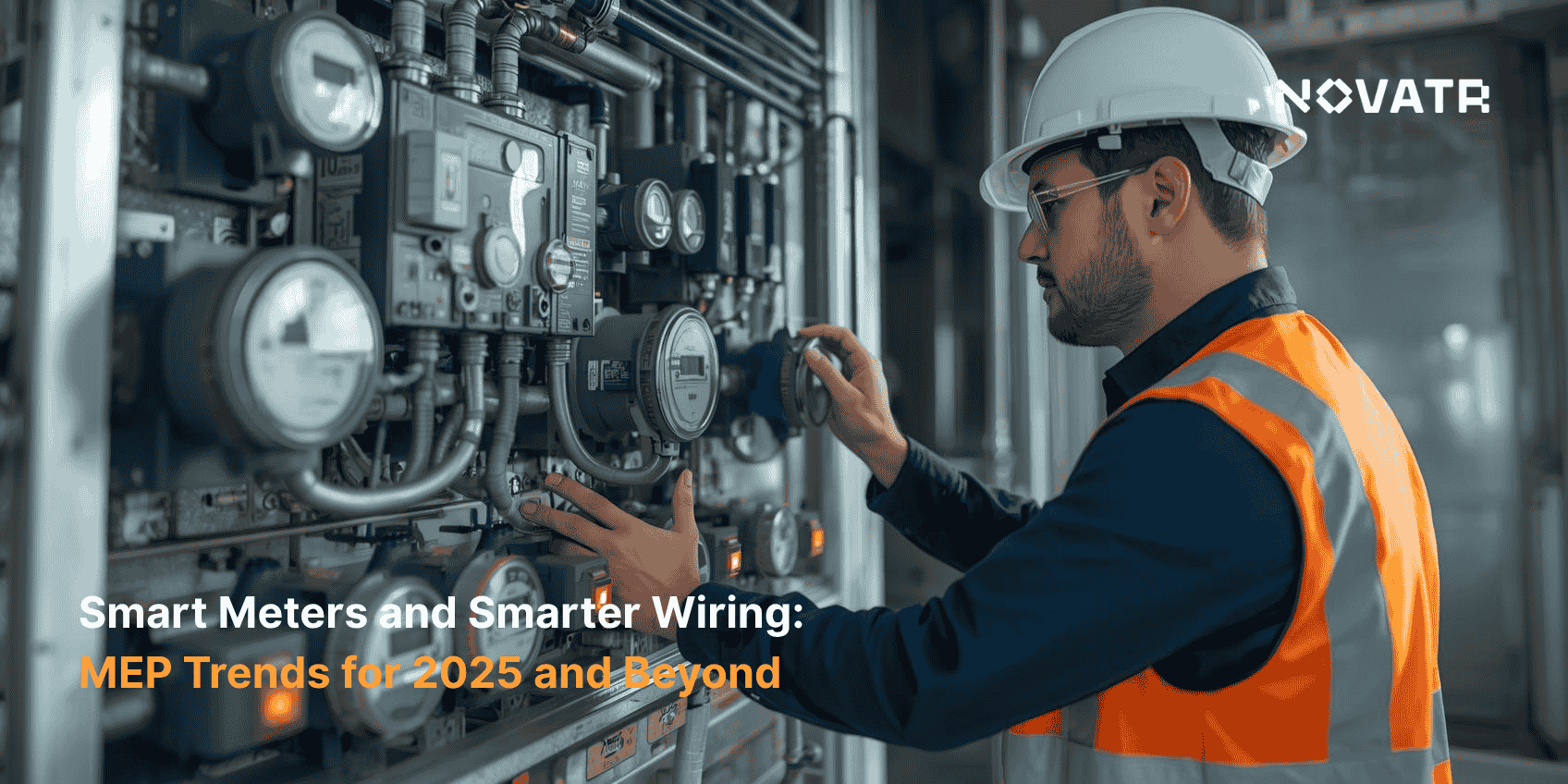
The rise of advanced energy systems is reshaping facility operations, with smart meters in buildings offering precise consumption tracking and real-time data analysis. These innovations enable better energy allocation, cost optimization, and sustainable practices. Electrical MEP engineers’ salaries in the USA average $104,999 per year, reflecting the growing expertise required in digital energy management.
As wiring and control systems evolve, MEP engineers’ role in digital electrical systems becomes increasingly central. Integration of intelligent circuits enhances efficiency, safety, and predictive maintenance. By adopting smart wiring strategies, buildings achieve long-term operational savings while supporting sustainability goals, making modern MEP systems more adaptive and resilient for the future.
What Are Smart Meters And Advanced Wiring Systems?
Smart meters track and record electricity usage in real time, providing precise data for monitoring and efficient energy management. Advanced wiring systems coordinate electrical distribution, enhancing safety and connectivity. When smart meters pair with intelligent wiring systems in modern buildings, they enable automation and improve operational performance.
Smart meters and advanced wiring systems offer several important advantages:
-
Accurate energy consumption tracking through digital metering and energy management, allowing detailed analysis of usage patterns for optimization.
-
Enhanced operational safety with automated circuit monitoring, alerting personnel to faults or overloads before issues escalate.
-
Efficient load balancing across electrical networks, ensuring stable energy distribution and reducing the risk of power disruptions.
-
Integration with IoT and smart building technologies, enabling remote control and data-driven decision-making for facilities.
-
Simplified diagnostics and predictive maintenance, reducing equipment downtime and maintenance costs while extending system lifespan.
-
Support for scalable infrastructure through MEP technology innovations for smart buildings, allowing seamless upgrades and future-proof electrical systems.
How Are Smart Meters Transforming Energy Monitoring And Management?
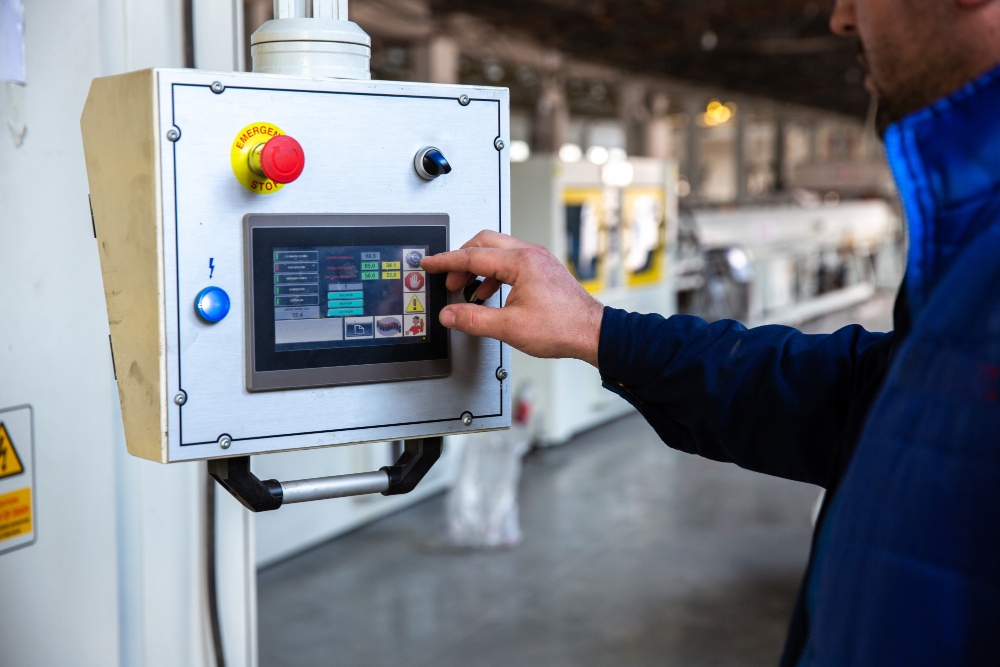
Smart meters continuously gather detailed energy usage data, enabling precise control and informed decision-making. They support real-time adjustments, optimize load distribution, and integrate efficiently with building operations. These capabilities demonstrate clearly how smart meters impact MEP design, shaping energy management strategies and operational planning.
Smart meters drive data-informed control and operational optimization, forming the backbone of intelligent monitoring and efficient energy performance:
-
Continuous tracking of consumption patterns enables data-driven adjustments that improve efficiency and prevent unnecessary energy fluctuations.
-
Automated alerts identify abnormal usage trends, helping reduce system stress, improve reliability, and avoid costly electrical inefficiencies.
-
Integration with core building systems ensures synchronized operation, maintaining balance between energy supply, equipment demand, and occupant comfort.
-
Historical trend analysis enhances planning accuracy, supporting predictive maintenance and long-term sustainability within complex electrical networks.
-
Remote connectivity allows centralized control, empowering facility teams to manage performance and resolve issues across multiple locations efficiently.
-
Scalable deployment ensures flexible and future-ready smart building infrastructure, capable of adapting to evolving technologies and operational requirements.
Also Read: Career Opportunities for MEP Engineers in the Middle East
Trends in MEP Systems Shaping 2025 and Beyond
Trends in MEP Systems reflect a move toward energy efficiency, sustainability, and smarter operations. Driven by automation, predictive maintenance, and integrated management, these trends emphasize the value of digital metering solutions for precise monitoring, improved performance, and informed, data-driven decision-making.
Here are the key trends shaping MEP systems in 2025 and beyond:
-
Greater adoption of automated control systems to enhance operational efficiency and reduce manual interventions.
-
Integration of smart meters with HVAC and electrical systems for synchronized monitoring and optimized energy distribution.
-
Increased use of predictive analytics to anticipate system demands and support proactive maintenance.
-
Implementation of IoT-enabled sensors for real-time data collection and improved decision-making.
-
Focus on modular and scalable system designs, allowing adaptability to changing building requirements.
-
Exploration of emerging technologies in MEP systems to enhance safety, performance, and sustainability across facilities.
How Do Smart Wiring Solutions Improve Efficiency, Safety, and Sustainability?
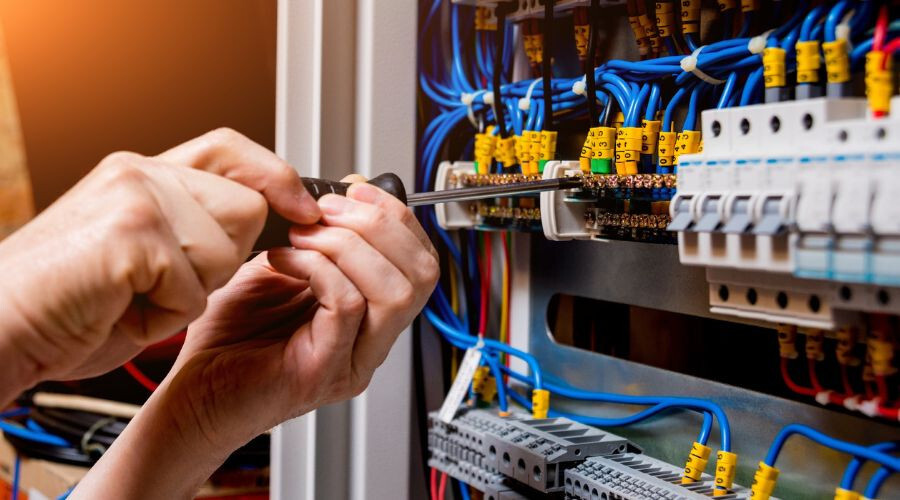
Smart wiring solutions streamline electrical distribution, improve energy management, and enhance operational safety. By enabling predictive monitoring and coordination, these solutions demonstrate the role of wiring automation and intelligent load management in achieving reliable, efficient, and sustainable operations.
The following points illustrate how smart wiring solutions enhance efficiency, safety, and sustainability in modern buildings:
-
Real-time monitoring of circuits allows early detection of faults, minimizing downtime and ensuring consistent system operation.
-
Adaptive load distribution balances energy demand, improving efficiency while reducing the risk of overloads.
-
Automated safety controls quickly isolate electrical issues, preventing hazards and enhancing occupant protection.
-
Integration with building management systems enables coordinated energy usage and better operational planning.
-
Remote diagnostics support proactive maintenance, reducing operational costs and extending equipment lifespan.
-
Scalable designs enable future-ready electrical networks, demonstrating how IoT integrates with smart meters and wiring for seamless updates and improved system flexibility.
What Role Does BIM Play in Planning and Optimizing Smart MEP Systems?
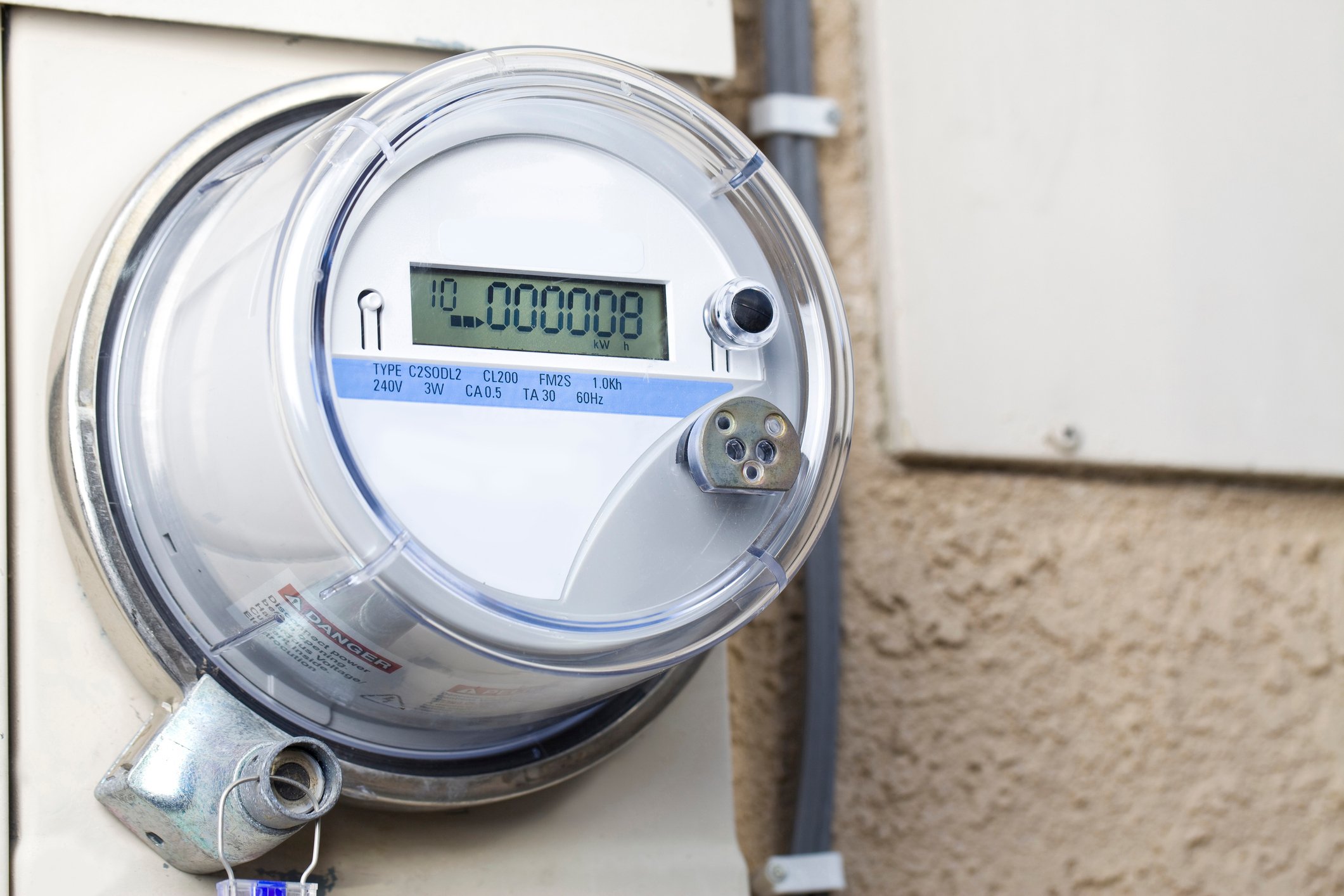
BIM enables precise modeling and coordination of MEP systems, supporting design, planning, and operational optimization. It helps visualize layouts, detect clashes, and improve resource allocation. By integrating with advanced tools, BIM demonstrates how MEP software enhances system accuracy, efficiency, and collaboration across complex building projects.
The following points outline how BIM contributes to planning and optimizing smart MEP systems:
-
Clash Detection: BIM identifies spatial conflicts between mechanical, electrical, and plumbing systems, preventing costly construction errors.
-
System Visualization: 3D modeling allows designers to view entire MEP networks, improving layout clarity and coordination.
-
Design Optimization: BIM supports iterative design adjustments, ensuring systems operate efficiently and meet performance targets.
-
Construction Planning: Scheduling and sequencing capabilities reduce delays, improve resource management, and streamline installation processes.
-
Integration with Automation: BIM facilitates building automation systems, enabling better control of energy, lighting, and HVAC operations.
-
Professional Collaboration: BIM for MEP engineers provides a shared platform for coordination, documentation, and lifecycle management across projects.
Also Read: BIM Mep Engineer vs Electrical Engineer Salary, Expertise & Skills
Conclusion
The integration of smart meters and advanced wiring systems is shaping the future of building operations, improving energy management, operational efficiency, and predictive maintenance. These innovations support resilient infrastructure while enabling sustainable practices. Incorporating energy-efficient electrical design ensures optimized resource usage and long-term cost-effectiveness, highlighting the growing significance of digital solutions in modern MEP systems.
Modern MEP systems benefit from precise planning and coordination through BIM tools. The BIM Course for MEP Engineers, offered by Novatr, provides practical knowledge to enhance these skills. Visit our resource page to explore insights, guidelines, and strategies for implementing smart meters, intelligent wiring, and building automation systems effectively in contemporary facilities.
FAQs
1. How do IoT devices integrate with MEP systems for better efficiency?
Ans : IoT devices integrate with MEP systems by enabling real-time data sharing between sensors, meters, and control units. This connectivity allows automatic adjustments in lighting, HVAC, and energy distribution, improving efficiency, safety, and operational reliability through smarter system coordination.
2. What role does BIM play in designing smart MEP infrastructure?
Ans : BIM supports smart MEP infrastructure by providing accurate digital models for planning, coordination, and simulation. It helps engineers detect system conflicts early, streamline design workflows, and ensure efficient integration of smart technologies within complex building networks.
3. How can smart meters help reduce energy costs in commercial and residential buildings?
Ans : Smart meters track energy usage in real time, allowing building managers and occupants to identify inefficiencies quickly. By analyzing consumption patterns, they help optimize load management, reduce waste, and achieve measurable energy savings across both commercial and residential properties.
Was this content helpful to you



.jpg)
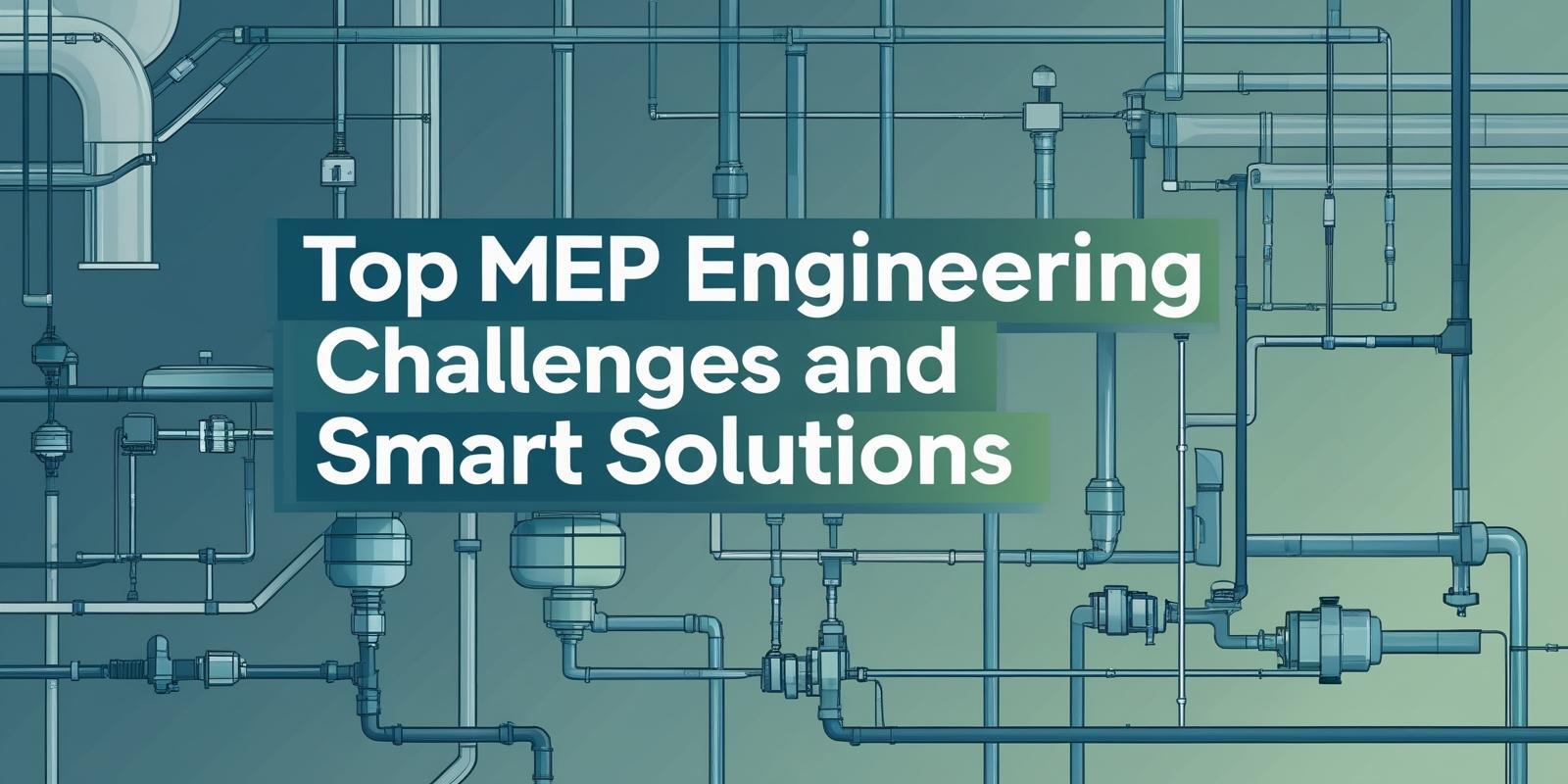
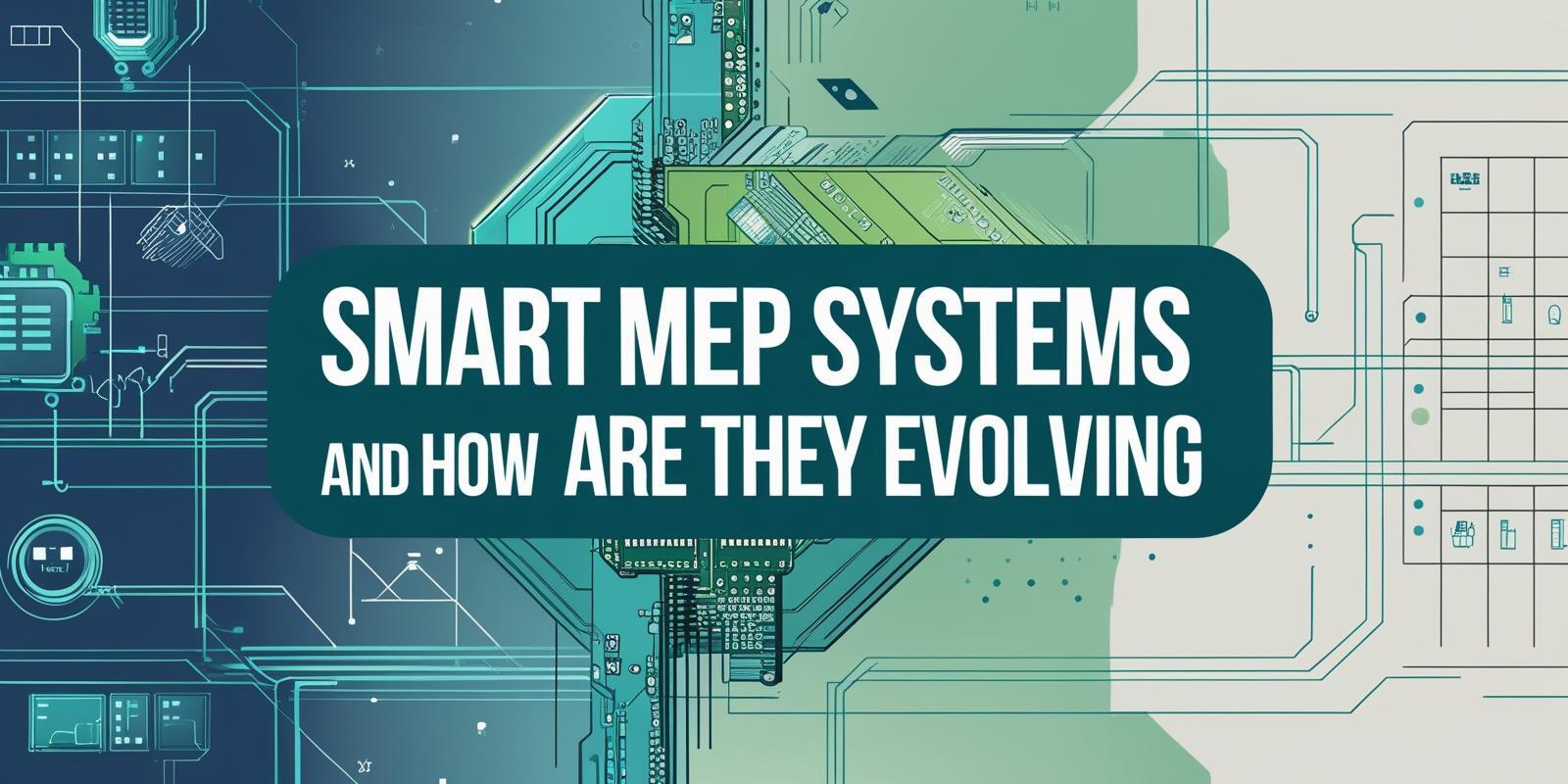
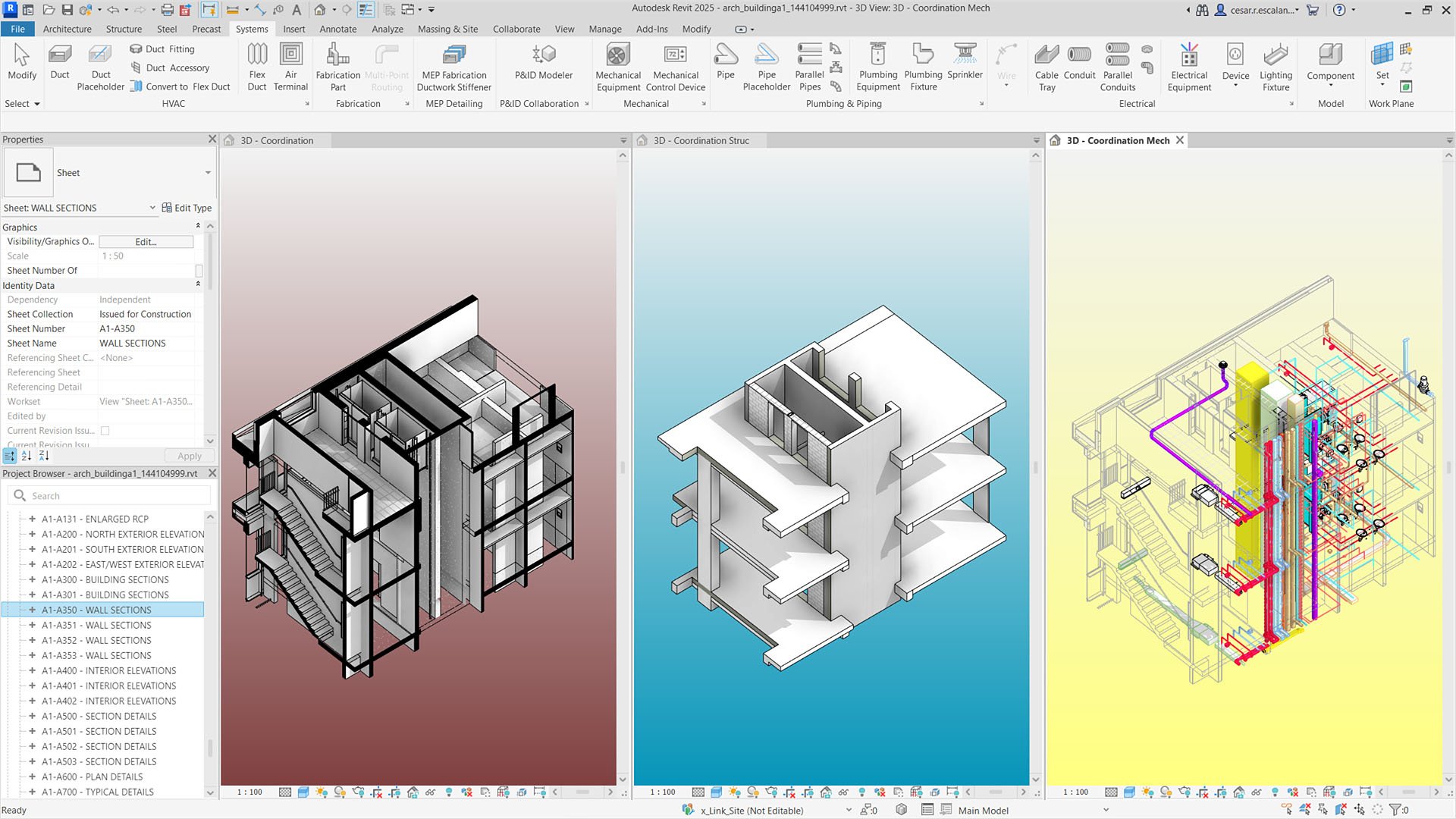
.png)